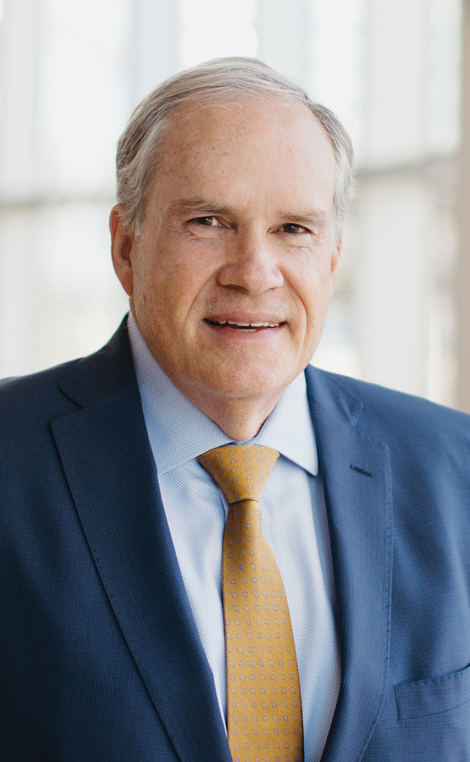 Special to Medical Journal – Houston By John Hawkins, President/CEO, Texas Hospital Association
Special to Medical Journal – Houston By John Hawkins, President/CEO, Texas Hospital Association
Earlier this month, the Governor’s Task Force on Health Care Workforce Shortages held its final meeting ahead of a report it’s scheduled to issue by Oct. 1. The task force is aimed at addressing workforce shortages in our industry, identifying additional pathways to grow our supply of needed professionals and removing existing barriers in the state’s health educational programs.
Here at THA, we certainly have a vested interest in seeing what the task force says in its final report. Because the acute problems with staffing that hospitals are facing all over the state continue to be a major pain point for our members – and will once again will be a top-of-mind priority for us when the Texas Legislature gavels in its 89th session early next year.
Now that we’re – thankfully – beyond that surreal era of mandatory virtual meetings and socially distanced conversations, it can feel as though the effects of the COVID-19 pandemic are behind us. But for our hospitals, the problems at both ends of the workforce pipeline began even before COVID-19 barreled its away across the globe – and the stark realities of our post-pandemic workforce shortage serve as a constant reminder of the work we need to do.
As doctors and nurses worked long hours through the pandemic in stressful and uncertain conditions, the physical and mental burden led many to retire, succumb to burnout and leave the profession or search for better pay. The harrowing impact of providing care during COVID-19 took a toll on all health care workers, but it was most severe in nursing. From 2019 to 2022, the RN vacancy rate in Texas increased by over 11%. At the state’s current rate, there will be a deficit of over 57,000 full-time registered nurses by 2032.
It’s important to realize the roots of this deficit go well beyond the impacts of the pandemic, or simply retaining our current staff nursing force. To keep up with growing demand, it’s critical that we continue to foster and train aspiring nurses who will maintain the high standard of care our hospitals provide.
Last year, THA surveyed member hospitals on this issue, and 64% of respondents reported reduced services and fewer beds as a result of workforce shortages. Considering that Texas remains one of the fastest-growing states in the country, our need for abundant and high-quality health care has never been greater.
Here’s the great news: we have no shortage of people interested in nursing. Instead, the problem lies in our capacity to train them. In 2023 alone, Texas nursing schools turned away 13,705 qualified applicants – citing a lack of clinical space and masters-prepared faculty needed to accommodate the demand.
Last year, we did make some crucial progress: THA helped to secure the passage of Senate Bill 25, which allowed for the revival of a dormant nursing scholarship program, the creation of clinical-site expansion grants and an expansion of the Nursing Faculty Loan Repayment Assistance Program. The Legislature also made several significant funding commitments on workforce in the current budget. The nursing faculty loan repayment program, for example, received $7 million over the current biennium, more than double what it received in the last budget. And we were extremely happy with the $28 million meted out to the Mental Health Professionals Loan Repayment Program, which incentivizes practicing in a mental health professional shortage area. That was a 1,300% funding increase for the program, which is now accepting applications.
Despite that progress, our hospitals are far from operating at full capacity. During the 2025 session, THA will continue to fight for the success of programs and initiatives that allow our hospitals to deliver exceptional care within their communities. This includes encouraging the legislature to study the effects of SB 25 on the nursing shortage, as well as the current impediments to educating and training the next generation of nurses – including what stands in the way of securing clinical space for nursing students.
As acute as our nursing shortage is, it’s only one piece of the puzzle. It is crucial that the legislature also examine the totality of shortages that exist across the medical field. That includes shortages of physicians and medical assistants, as well as behavioral health providers, radiologists, pharmacy technicians and many other health professions.
No hospital should be forced to limit the level of care they provide to their patients – especially in a state where the need for that care is at its highest. That’s exactly why THA will continue to prioritize this issue to the Legislature until every hospital in Texas can operate in the capacity needed to be there for all Texans when they need care. t


